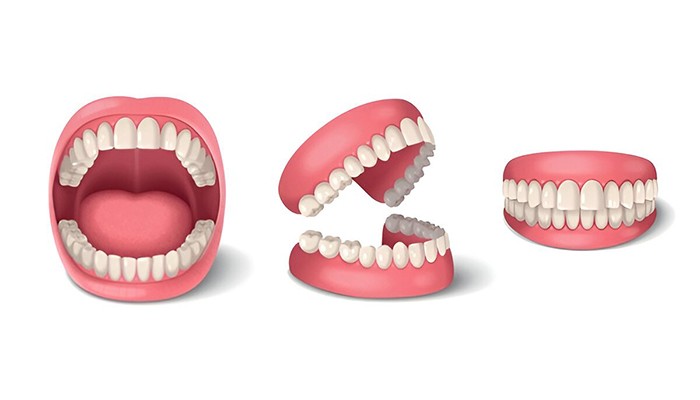The Hidden Side of Exocad: 6 Ways to Maximize Its Power
Exocad is undoubtedly one of the most powerful design software tools out there.
Dentists use specific anatomical terms to describe different parts of a tooth. These terms play a critical role in ensuring accurate and effective communication during dental treatments, dental education, and clinical discussions. This article explores the different sections of tooth surfaces and their clinical significance.

The mesial surface of a tooth is the side that faces toward the center of the dental arch. For all teeth, this surface is oriented toward the front of the mouth, pointing toward the two central incisors. The mesial surface is essential in determining the tooth’s position within the arch and plays a critical role in orthodontic treatments (Ash, Major, 2002).

Opposite to the mesial surface is the distal surface, which faces away from the center of the dental arch and toward the back of the mouth. The distal surface plays a crucial role in spacing and alignment within the dental arch. Any issues with the distal surface can impact overall occlusion (Proffit et al., 2013).

The interproximal surface refers to the area between adjacent teeth. This is a critical region where flossing is necessary to remove plaque and debris, thereby preventing periodontal disease and cavities (Newbrun, 1989).

For premolars and molars, the occlusal surface is where the chewing and biting action occurs. This surface comes into contact with the opposing dental arch and is prone to wear over time. It is a key area in restorative dentistry (Summitt et al., 2013).

The incisal edge is the sharp, thin part of anterior teeth, including incisors and canines, that functions in cutting food. It is significant both functionally and aesthetically in dentistry (Sarver, 2004).

Vestibular surfaces refer to the outer-facing sides of the teeth that are visible when smiling. The buccal surface faces the cheeks and is relevant for molars and premolars, while the labial surface faces the lips and pertains to anterior teeth. These surfaces are crucial for both aesthetics and hygiene (Jansen et al., 2015).

The palatal surface refers to the side of the upper teeth that faces the palate, while the lingual surface refers to the side of the lower teeth facing the tongue. These areas are important for speech and prosthodontic applications (Tencate, 2013).

The cervical area, also known as the neck of the tooth, is located near the gum line. This region is particularly prone to plaque accumulation and gum disease, necessitating proper oral hygiene practices (Lindhe et al., 2008).

The interradicular surface refers to the area between the roots of multi-rooted teeth. It plays a key role in periodontal disease assessment and root resorption issues (Lang, Bartold, 2018).

The oral surface refers to the part of the teeth facing the oral cavity and includes both lingual (tongue-facing) and palatal (palate-facing) surfaces. The health of these surfaces is crucial for chewing, speaking, and overall dental function (Carranza, Newman, 2015).

Understanding tooth surfaces is essential for improving diagnosis and treatment procedures in dentistry. Awareness of these surfaces contributes to maintaining oral hygiene and planning effective orthodontic treatments.